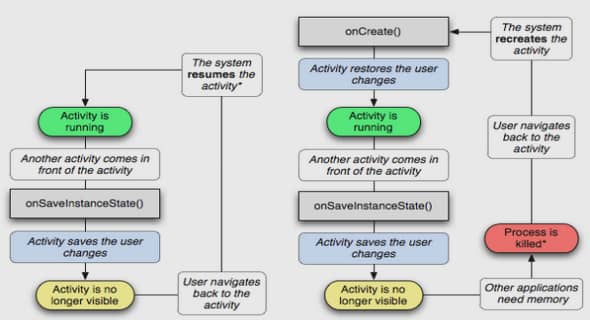Nombre de téléchargements - 9
Vous avez une question, contacter notre assistance par E-mail : admin@clicours.com
Table des matières
Introduction
1 Relations spatio-temporelles des gisements
1.1 Processus geologiques liés a la formation de gisements
1.2 Relations spatio-temporelles
1.2.1 Relations spatiales
1.2.2 Relations temporelles
1.3 Modelisation spatio-temporelle
1.3.1 Echelle de la modelisation
Intervalle d’echelle continentale
Intervalle d’echelle regionale-locale
1.3.2 Differentes approches dans la modelisation de gisements
1.3.3 Avantages de la modelisation spatio-temporelle
1.4 M´ethodes et strat´egies
2 Late Cretaceous–Early Paleocene uplift and inversion in northern Europe: implications for the Kupferschiefer-ore in the Legnica-G log´ow Copper Belt, Poland
2.1 Introduction
2.2 Geologic setting and Mineralization
2.2.1 Main aspects
2.2.2 Sulfide mineralization
2.3 Surface model and restoration of the LGCB
2.3.1 3D model
2.3.2 Surface-restoration
2.3.3 Decompaction
2.3.4 Simulating the pre-uplifting Upper Cretaceous conditions
2.4 Hydro-fracturing and Mineralization
2.5 Hydro-fracturing and Cu content
2.6 Discussion
2.7 Conclusions
3 Curvature Attribute from Surface-Restoration as Predictor Variable in Kupferschiefer Copper Potentials: An Example from the Fore-Sudetic Region
3.1 Introduction
3.2 General geology
3.2.1 Geologic settings of the FSM
3.2.2 Mineralization
3.3 Modeling the Fore-Sudetic Monocline
3.3.1 Modeling Outlines
3.3.2 Outcome FSM 3D Model
3.4 Detecting Fault Activity from Restoration
3.4.1 Restoration Goals
3.4.2 Surface Restoration
3.4.3 Iterative Restoration
3.4.4 Internal Deformation and Fault Activity
3.4.5 Continuous-Surface Representation
3.4.6 Restored Models
3.4.7 Restoration Outputs
3.5 Curvature and Cu Assessments
3.5.1 Potentials Assessments and Predictors Variables
3.5.2 Cu Potentials and Selected Predictors
3.5.3 LR Models by Predictor
3.5.4 Predictive Model and Conditional Independence
3.6 Perspectives
3.7 Discussion
3.8 Conclusions
4 Using strain parameters from 3D restoration to estimate distant off-fault gold potentials, Mount Pleasant Area, Western Australia
4.1 Introduction
4.2 Evolution of Rocks Properties
4.3 Mount Pleasant Gold System
4.3.1 Geological Settings
4.3.2 Mineralization
4.4 3D Mechanical Restoration
4.4.1 Mount Pleasant Region Modeling
4.4.2 3D Geomechanical Restoration
4.5 Gold Occurrences and Distant Off-fault Damage
4.6 Discussion
Conclusion generale
Annexes

